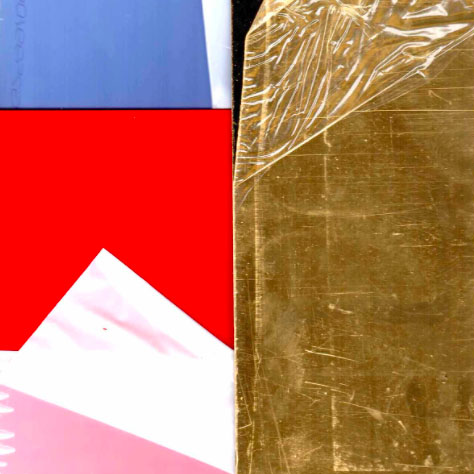Plan BEY Kicks Off a Creative Empire in Beirut
One team builds a cluster of imaginative new establishments in a rising neighborhood

by Caroline Kinneberg
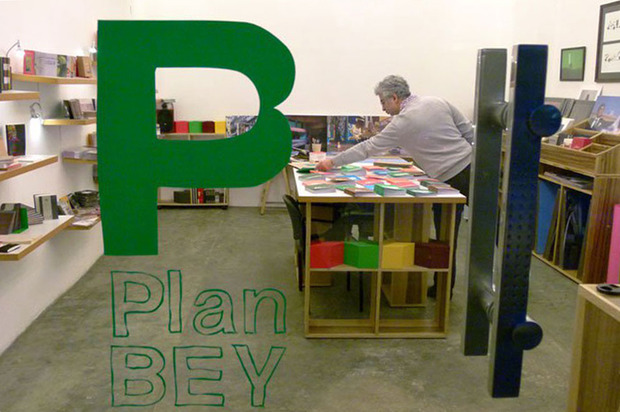
Beirut is a city defined by its contrasts and constant evolution. One neighborhood where this becomes most apparent is Mar Mikhael. Previously a jumble of car repair shops, the area now overflows with trendy restaurants and bars. In December 2010 local entrepreneur Tony Sfeir opened something different. Plan BEY—referencing the three-letter code for Beirut’s international airport—sells paper goods produced in the store’s workshop along with artists’ books, hand-bound notebooks, postcards, silkscreen prints, comic books and more.
The former owner of a music store called CD-thèque (which shuttered when the record store business became too challenging), Sfeir already had a strong reputation among Beirut’s tight-knit art scene. And because of this, Plan BEY has flourished. The goods here make for perfect souvenirs—unique, high-quality and extraordinarily affordable, their images and stories all focus on the city. “Yes, we’re part of the gentrification here, but we’re trying to do it with some soul and some taste,” Sfeir’s business partner Abdallah Almachnouk tells CH. Plan BEY also has a sister gallery in Berlin called B/B Multiples—everything sold there is produced in Beirut to limit cost.
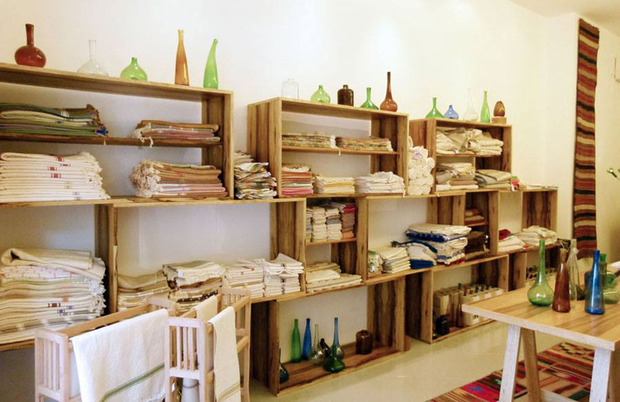
Last year, the house hidden above and behind Plan BEY was up for rent. A traditional Lebanese structure built in the 1860s with a leafy garden, triple arches and high ceilings, Sfeir was sure it would be transformed into another restaurant. So he signed the lease and made it a guesthouse, naming it BEYt. Handmade towels, tablecloths and glassware from regional artists alongside carefully-selected vintage furniture decorate the shared living and dining rooms and four sun-filled bedrooms. They’ve been booked since day one thanks mostly to word of mouth.
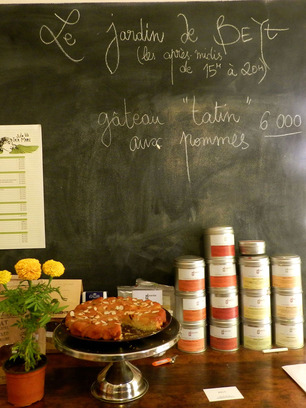
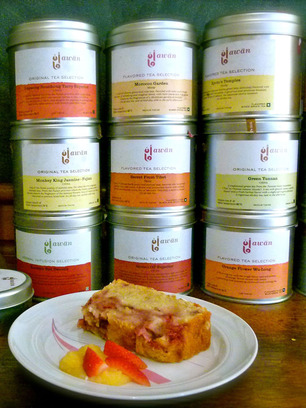
Unsurprisingly, given his success, Sfeir didn’t stop there. When the hairdresser next to Plan BEY parted, he and Almachnouk took over, opening an ephemeral exhibition space called Zawal (meaning “extinction”). “We’re conscious of our space and guests, and a bar underneath the guesthouse would have driven us nuts,” Almachnouk says. So far, they’ve used Zawal to sell the items featured at BEYt, including recycled glass from GGRIL, traditional Iranian rugs and homemade jams by Tata Marie.
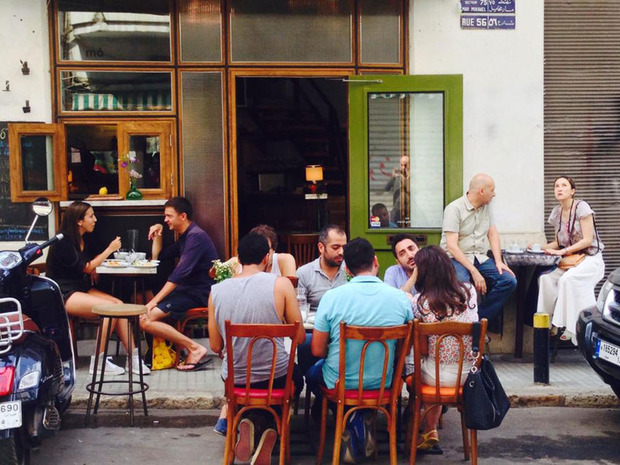
In the end, Sfeir did succumb to opening a restaurant, launching Mótto down the street from Plan BEY this summer. However, it runs on a model new to Beirut: customers pay what they think is fair. For lunch, BEYt’s former chef, Nimal, takes helm. Born in Sri Lanka but a long-time Beirut resident, he prepares both a (price-free) Lebanese and Sri Lankan menu, with vegetarian options. In the evenings, Mótto rotates chefs in order to serve cuisines hard to find elsewhere in the city, including Thai, Malagasy, Peruvian and Ethiopian dishes. Some locals have abandoned their home kitchens for Mótto, knowing that each day brings a different meal.
“We do what we like and cater to similar people who appreciate the things we do,” says Almachnouk of Sfeir’s mini creative empire. “Beirut is great because it’s like an incubator—a breeding ground. You have the smallest idea here and you can make it happen…fast.”
Photos courtesy of Plan BEY
